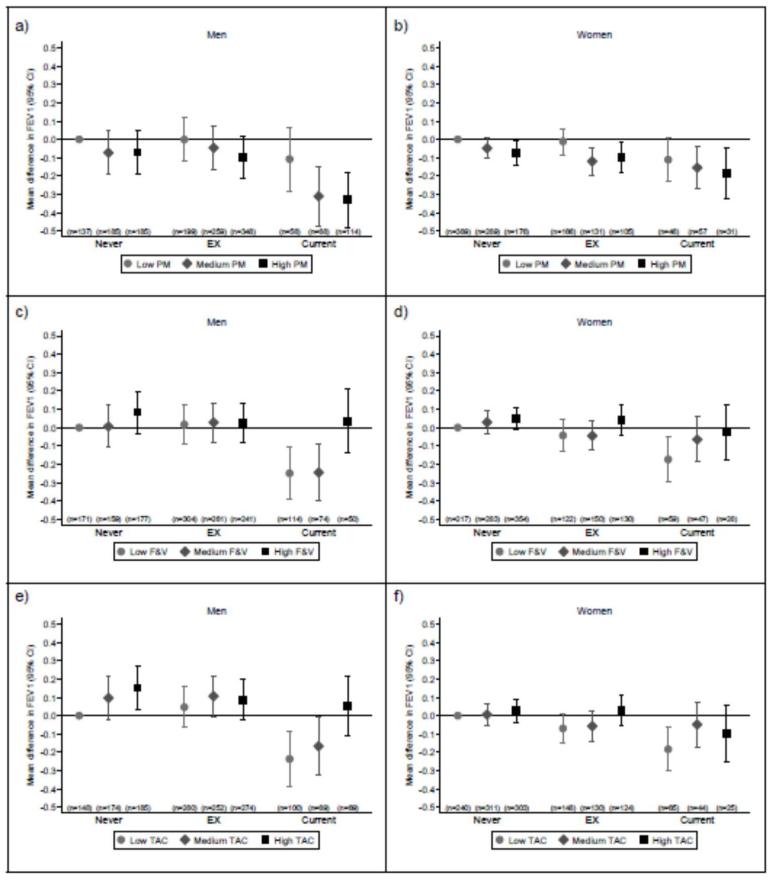FIGURE 2. Interactions between dietary consumption and smoking status on forced expiratory volume in 1 s (FEV1).
Interactions between processed meat (PM) consumption (a for men and b for women), fruit and vegetable (F&V) consumption (c for men and d for women), dietary total antioxidant capacity (TAC) (e for men and f for women) and smoking status on FEV1. Dietary variables were stratified by tertiles (low: <2.5 servings/week; medium 2.6–4.7 servings/week; and 4.9+ servings/week for processed meat, low: <37.5 servings/week; medium: 37.5–53.2 servings/week; and high: 53.2+ servings/week for fruit and vegetables and low: <13700 μmol/d; medium: 13700–18245 μmol/d; and high: 18245+ μmol/d for dietary TAC). Values are multivariate-adjusted regression coefficients for the difference in mean FEV1 compared to never smokers with the lowest consumption of each dietary component.

